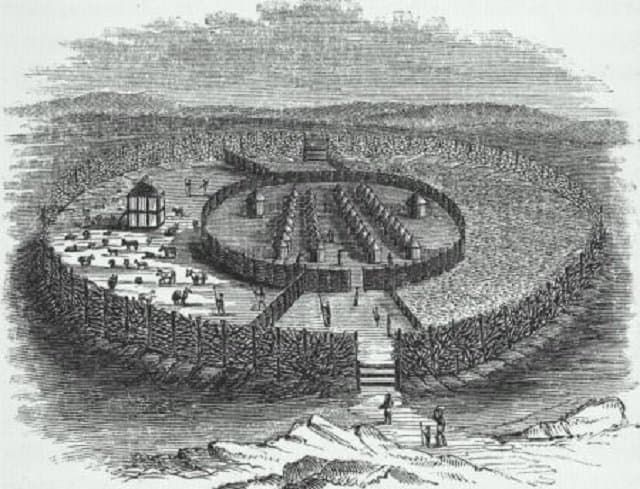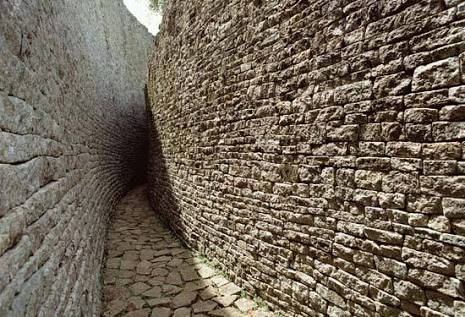Ancient Walls of Benin: Longer Than the Great Wall of China and a Forgotten Marvel
In Benin, the capital city of present-day Edo State stood the walls of Benin (800 – 1400AD), the longest ancient earthworks in the world and apparently the largest man-made structure on earth.
The walls are a set of earthworks comprising banks and ditches called Iya in the native tongue. It comprises 15 kilometres (9.3 miles) of “Iya” (banks and ditches) city and an estimated 16,000 kilometres (9,900 miles) in the rural areas surrounding Benin.
At that time, with its enormous length, it was speculated to be double the length of the Great Wall of China, until it was declared in the year 2012 (after five years of thorough measurement by Chinese surveyors) that the Great Wall has a length of around 21, 0000 km.

The time of construction is not precisely known which gives it different assumptions as to the date
- First view: Graham Connah predicted the walls may have been built between the thirteenth and mid-fifteenth century CE.
- Second view: Patrick Darling predicted the walls of Benin (in the Esan region) may have been built during the first millennium CE.
How the walls were built
The walls were built with a ditch and dike arrangement. The ditch was bored to form an inner moat with the excavated earth used to create the exterior rampart.
Remains
The Walls of Benin were destroyed by the British in 1897 during the named Punitive expedition. Disjointed pieces of the wall remain in Edo, with a large proportion of them being used by the residents for construction purposes. The little that remains of the wall is continually demolished for real estate developments.

Fred Pearce in an article in the New Scientist (September 11th 1999) said “They extend for some 16,000km in all, in a mosaic of more than 500 interconnected settlement boundaries.
They cover 2, 510 sq. miles (6, 500 square kilometres) and were all dug by the Edo people. In all, they are four times longer than the Great Wall of China and consume a hundred times more material than the Great Pyramid of Cheops.
They took an estimated 150 million hours of digging to construct, and are perhaps the largest single archaeological phenomenon on the planet.”
An ethnic mathematician named Ron Eglash explained the planned blueprint of the city using fractals at the ground level, not just in the city, but also in the villages and the rooms of houses.
He stated “When Europeans first came to Africa, they considered the architecture very disorganised and thus primitive. It never occurred to them that the Africans might have been using a form of mathematics that they hadn’t even discovered yet.”
The walls of Benin were famously described by the Guinness Book of Records (1974 edition) as being “the world’s largest earthworks before the mechanical era.”
Also, Benin City was in the league of the first cities to have a likeness of street lighting with large metal lamps, a large number of feet high, built and placed around the city.




